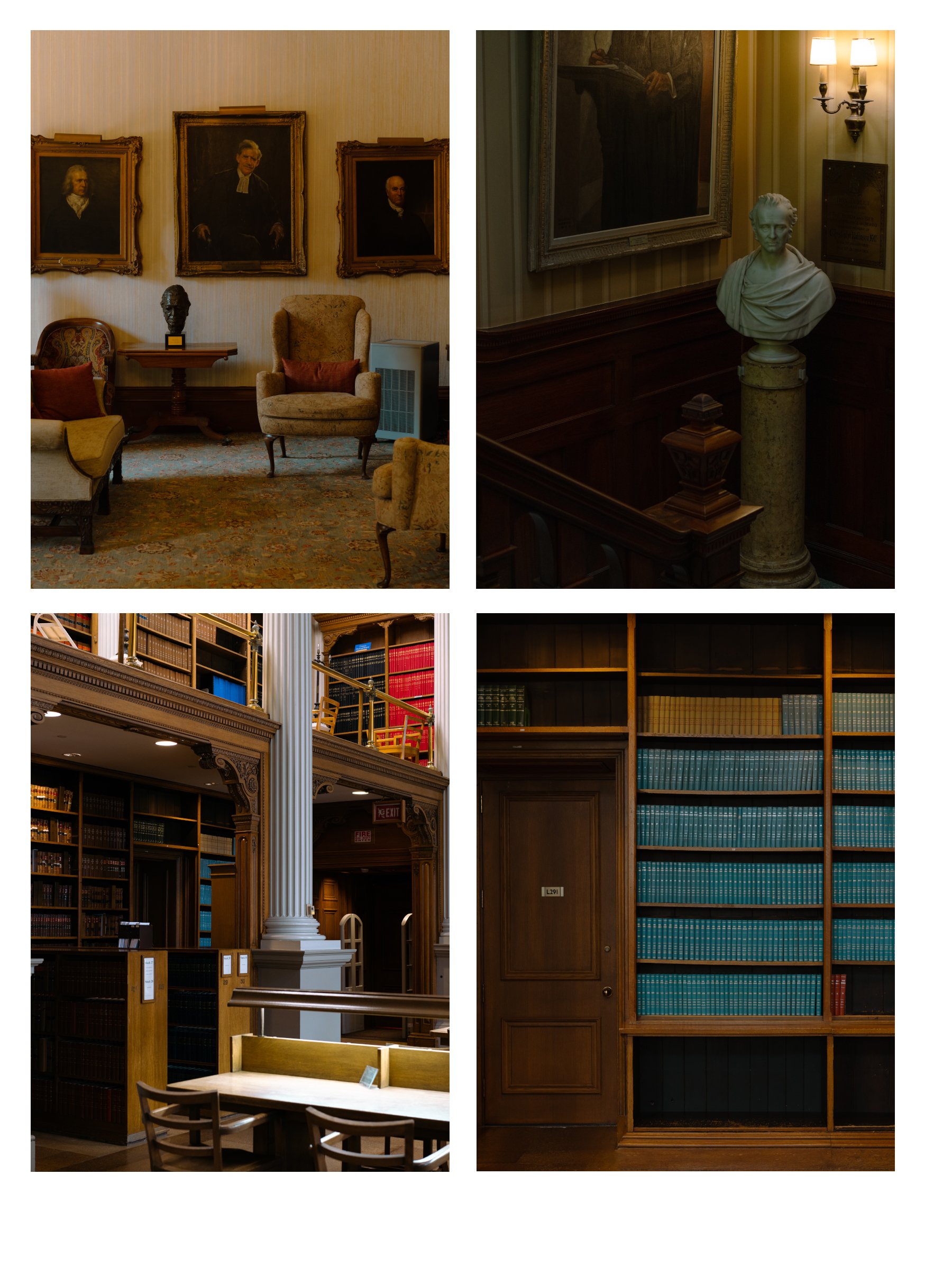I signed up for a tour to see Habitat 67 over the Canada Day long weekend. They only started allowing tours in 2019.
It’s called Habitat 67 because it was built last minute for Expo 67, itself hosted last minute in Montreal. Together there are 146 residences of varying sizes and configurations, each formed from one to eight linked concrete units.
The development was designed to integrate the benefits of the new wave of suburban living — namely gardens, privacy, views, and multilevel environments — with the economics and density of a modern urban affordable housing project.

























